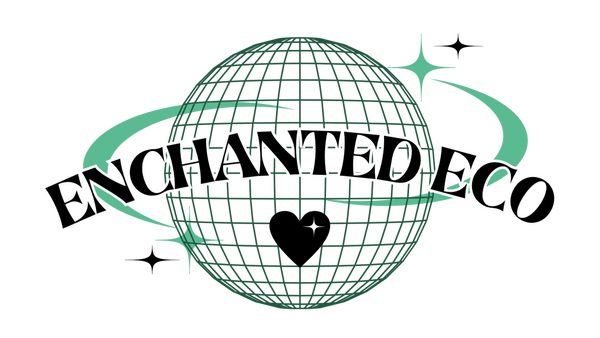Carbon offsets are a practical and effective way to reduce the effects of climate change by funding renewable energy, forestry, or clean water projects. These projects reduce emissions of carbon dioxide or other greenhouse gases in order to compensate for emissions made elsewhere, like the emissions created from ordering something online.
Want to know more about Enchanted Eco' impact? Visit "Our Impact" in the main menu. You can read about our shipping, company production method, and the trees we plant with your orders!
How do I know my money is going to the right place?
We have scoured the globe for carbon offset projects that are truly additive, new, permanent, and without unintended consequences, such as creating more carbon elsewhere, like a game of Whack-a-Mole. All of our projects are independently certified to internationally recognized standards. In addition to the carbon reduction, we pride ourselves on the fact that all of our projects include an element of social good such as protecting an endangered species of animal, or creating local jobs.
Every project we will fund is triple-verified, which means:
1. The project’s financials, management team, project site, and carbon reduction method are carefully vetted.
2. At least one of the world’s major carbon standards reviews the project.
3. Global Offset Research verifies the project against a second list of international standards.
How does a carbon offset project work?
When you buy an offset, you fund projects that reduce greenhouse gas (GHG) emissions like protecting forests or building wind farms. Carbon offsets let you pay to reduce the global GHG total instead of making radical or impossible reductions of your own.
But not all carbon offset projects are created equal. EcoCart's projects offer laboratory and field testing with third-party verification and site visits to ensure the most accurate calculation of greenhouse gas reductions. These credits are measured in metric tons (tonnes) of carbon dioxide equivalents (mtCO₂e). EcoCart then evaluates the implementation of the methodology and confirms that the project uses the majority of the proceeds from carbon for growth and not profit.
